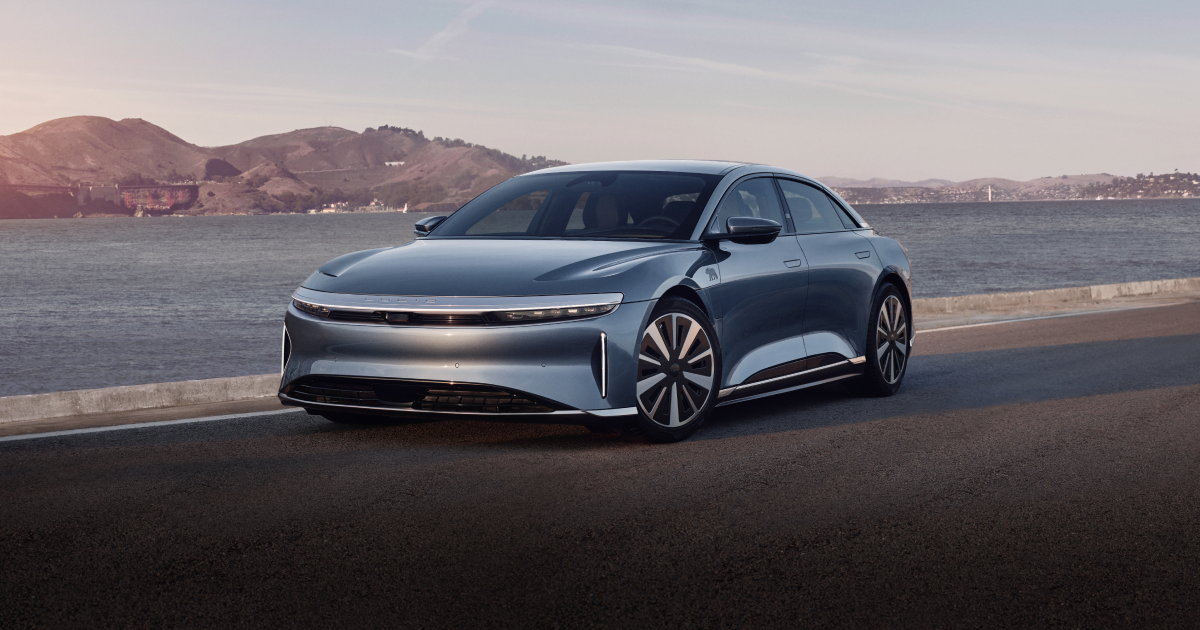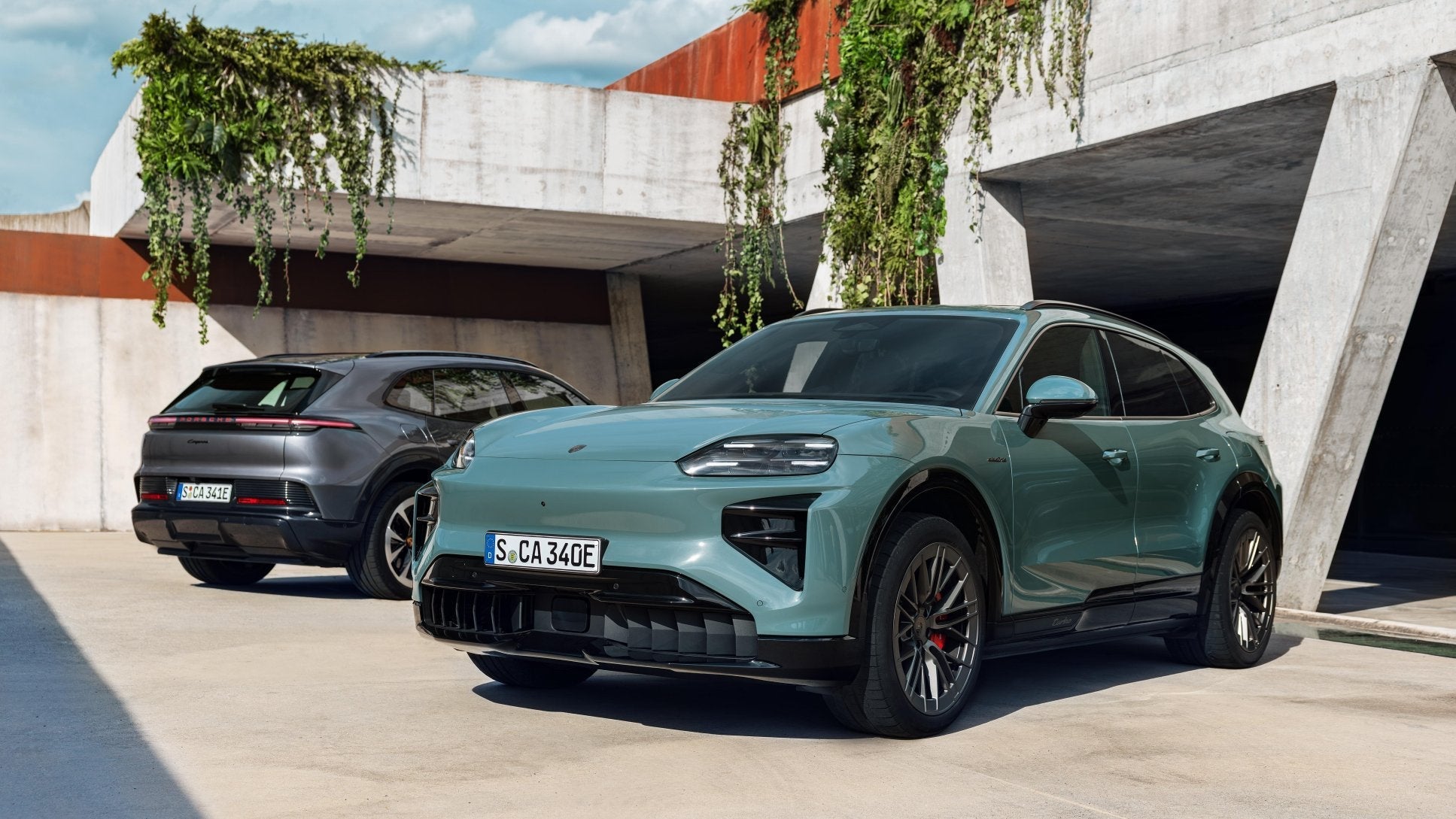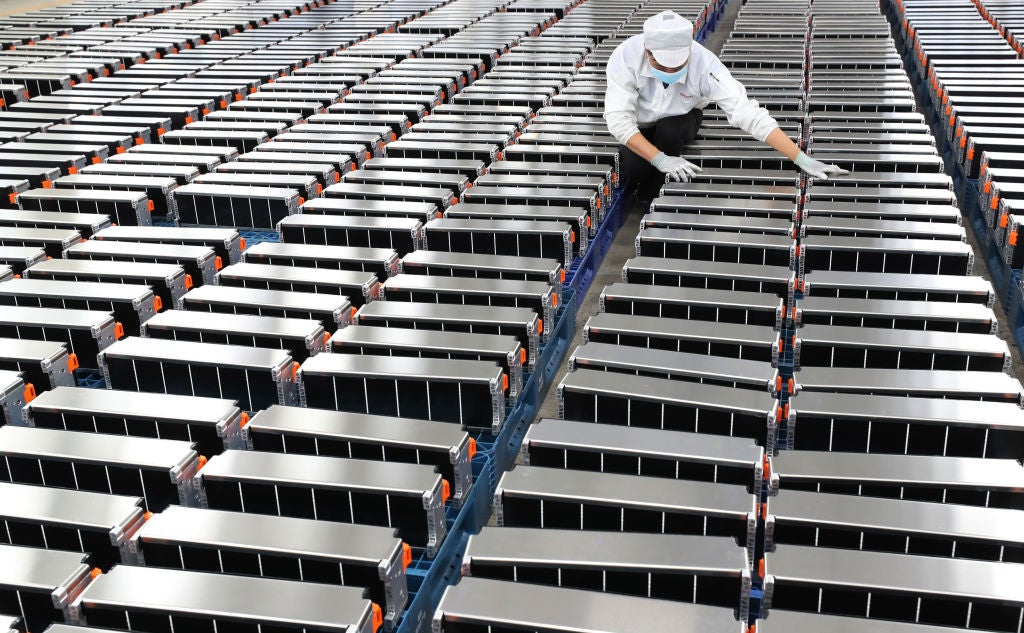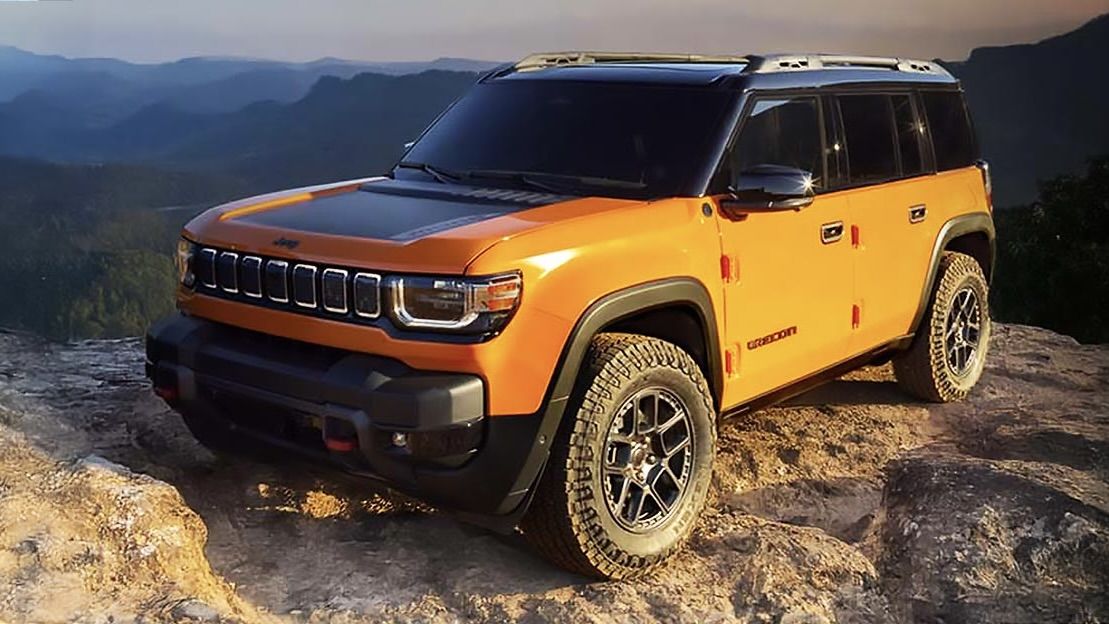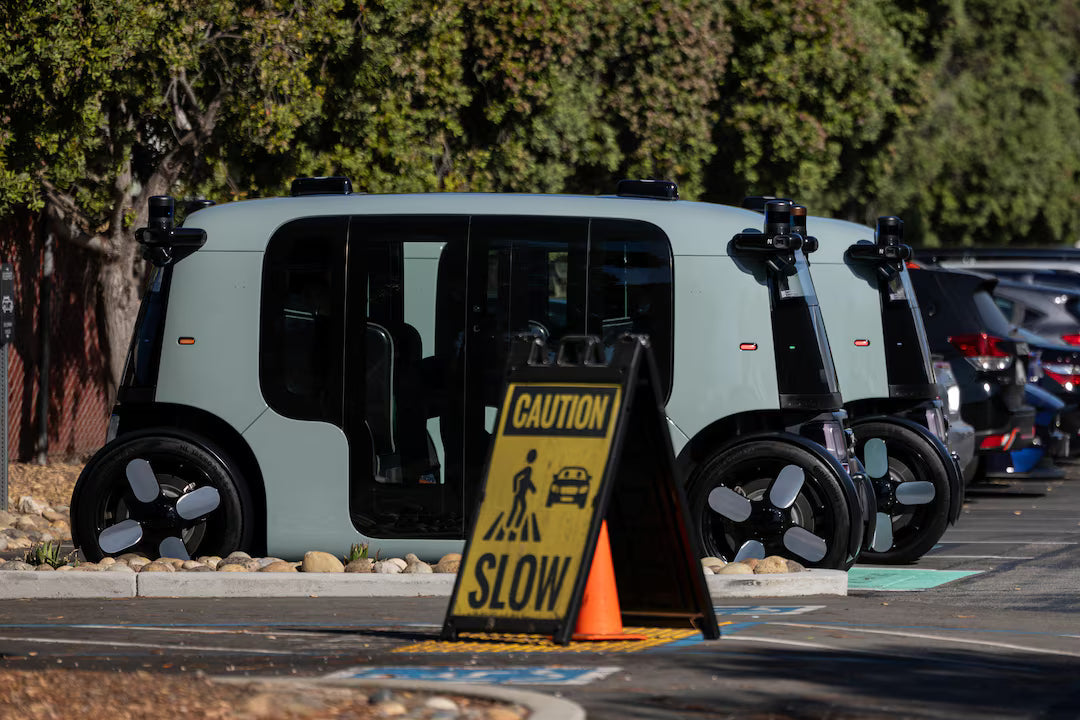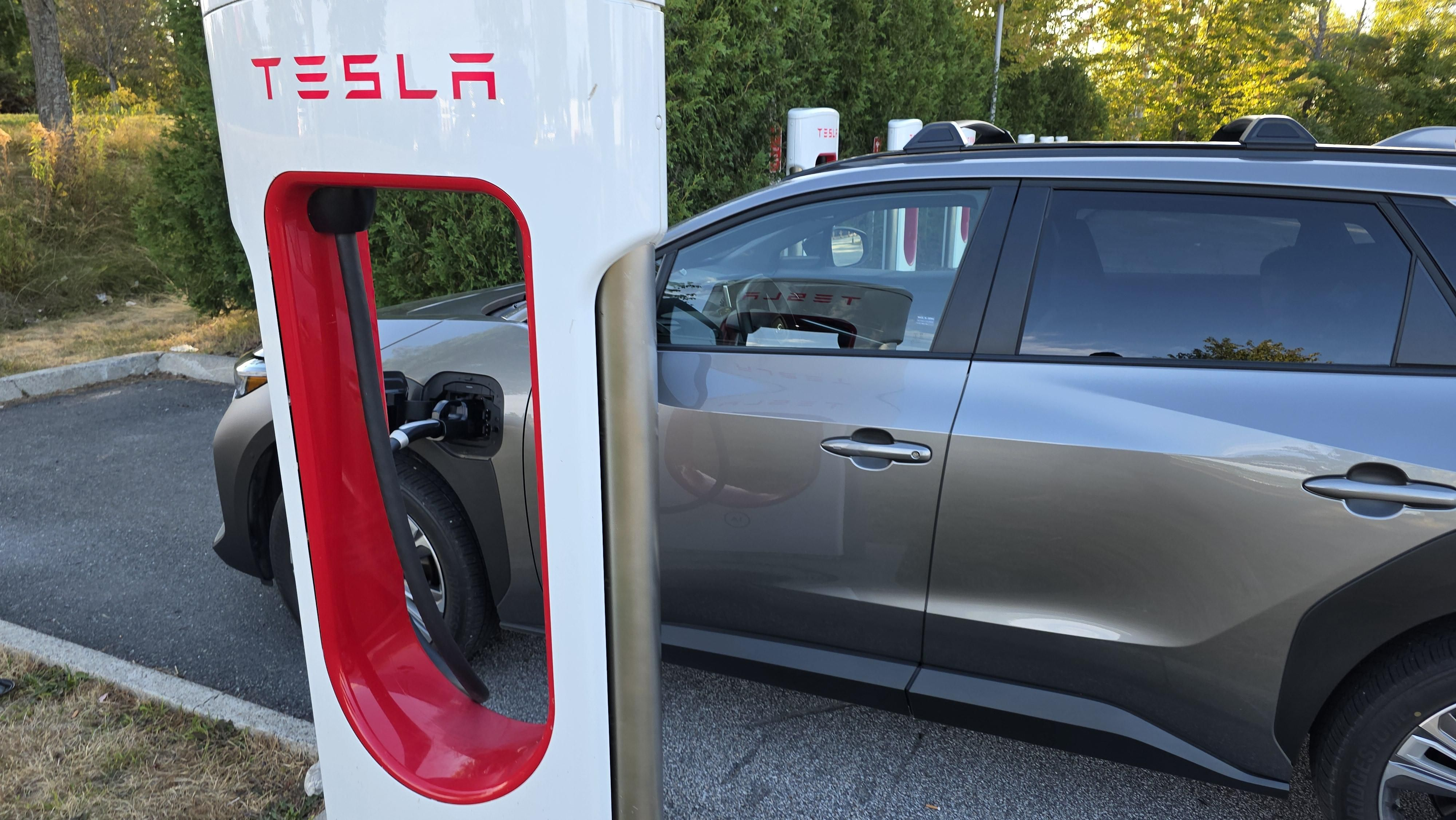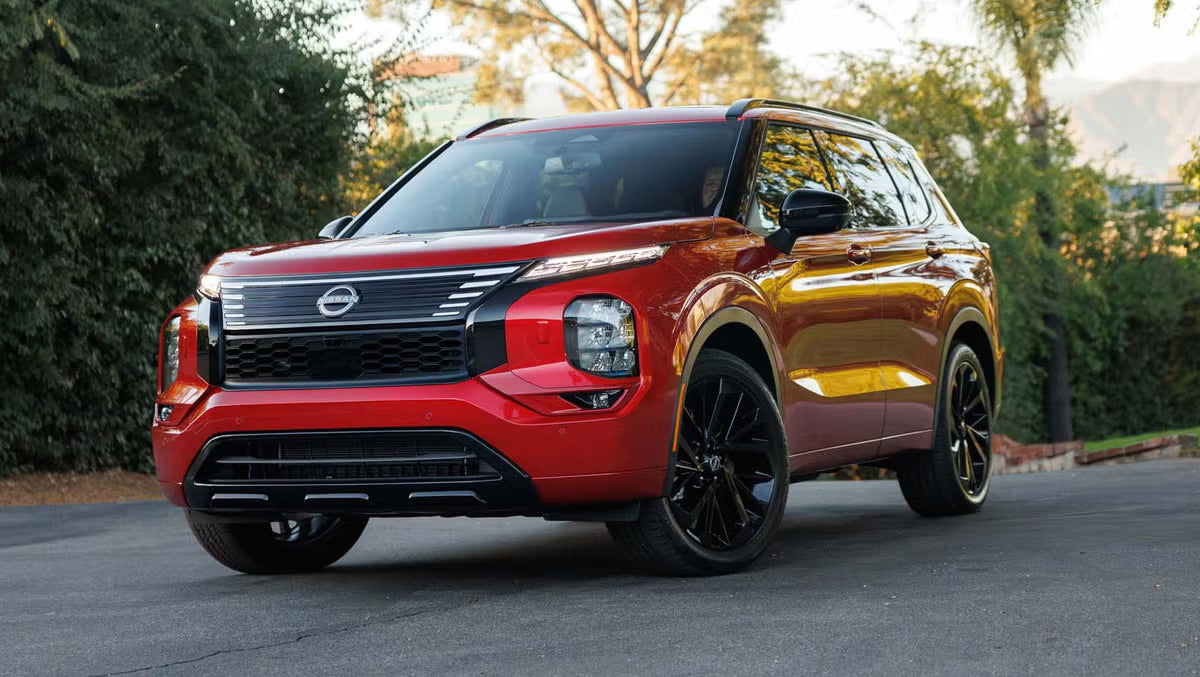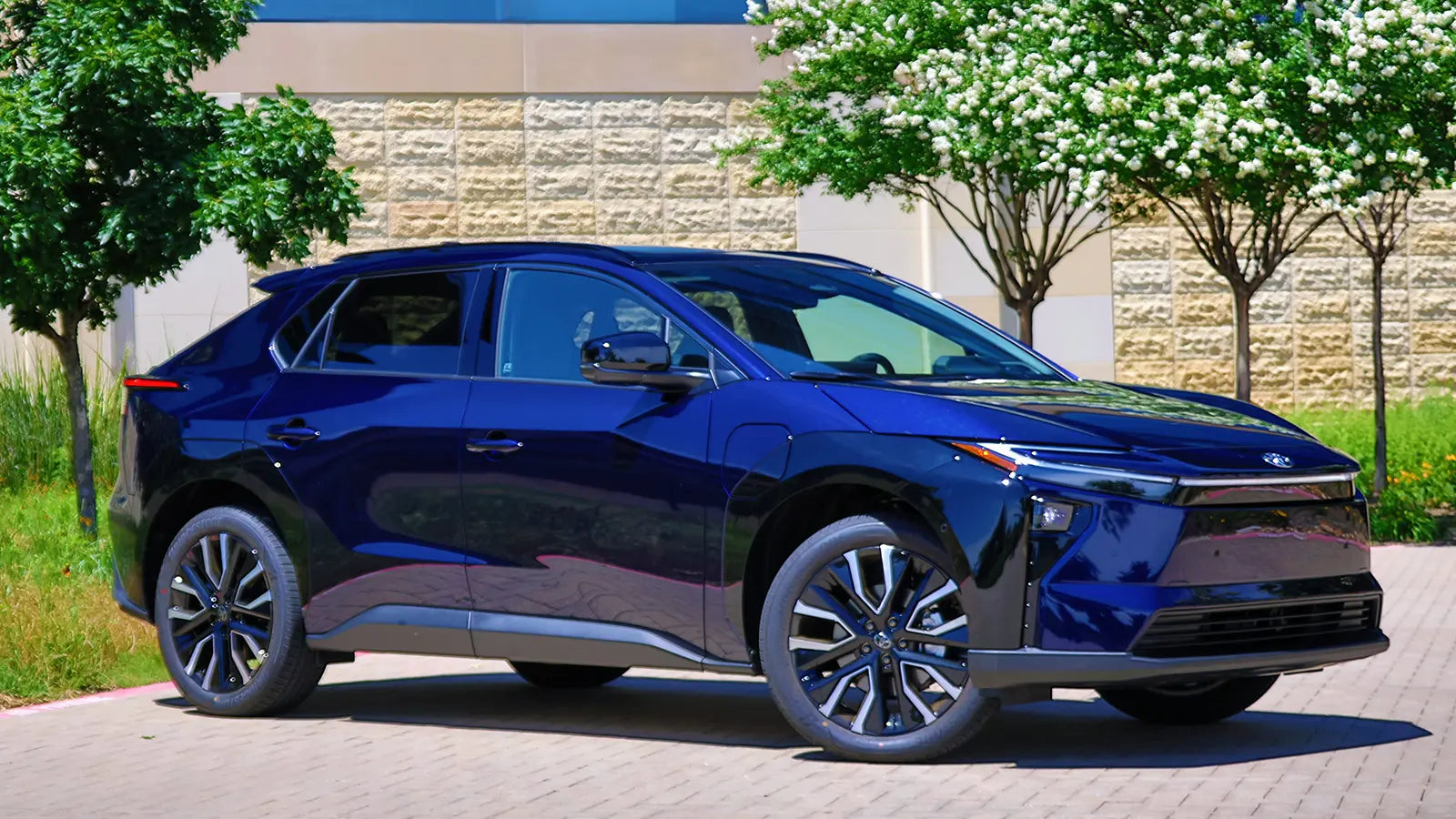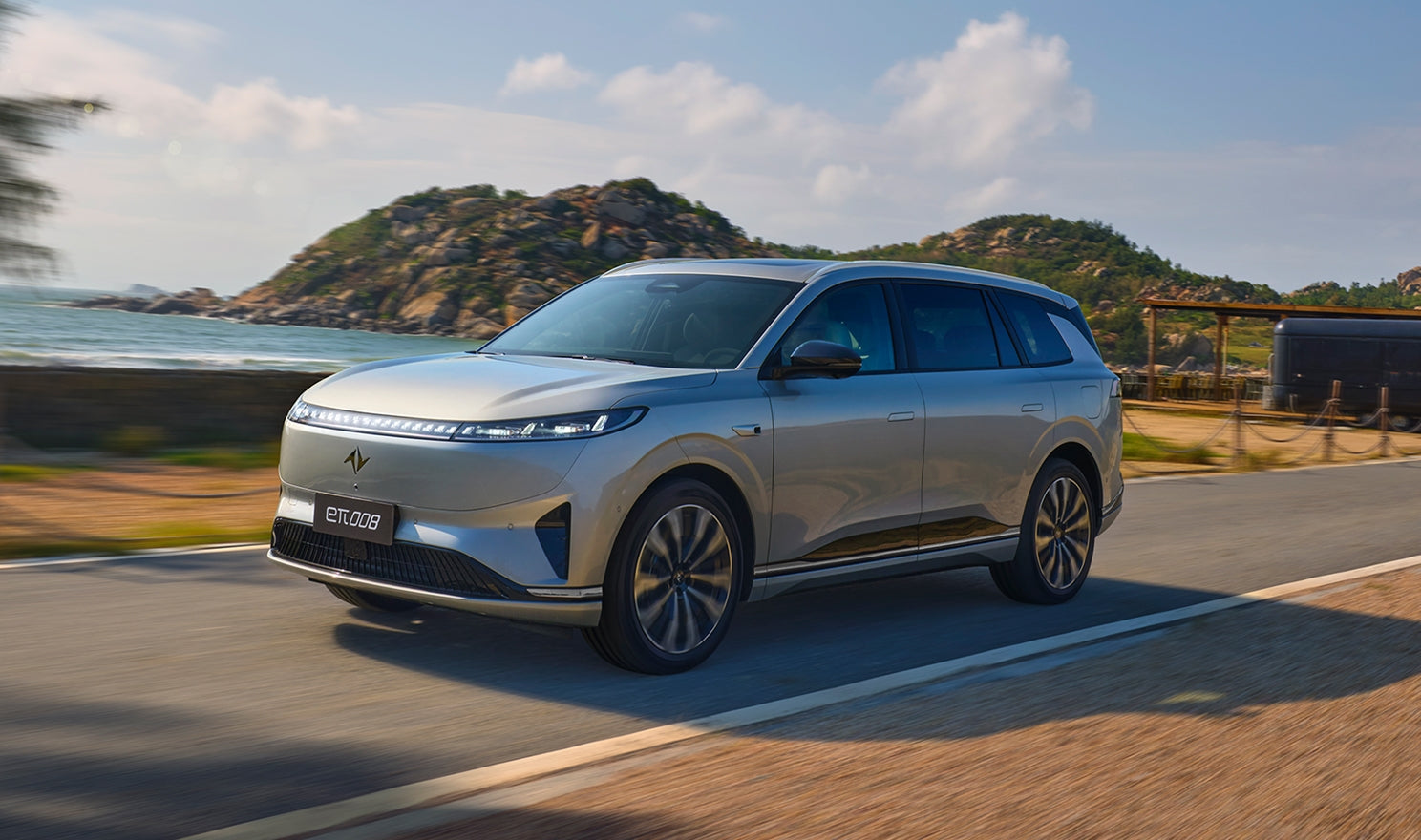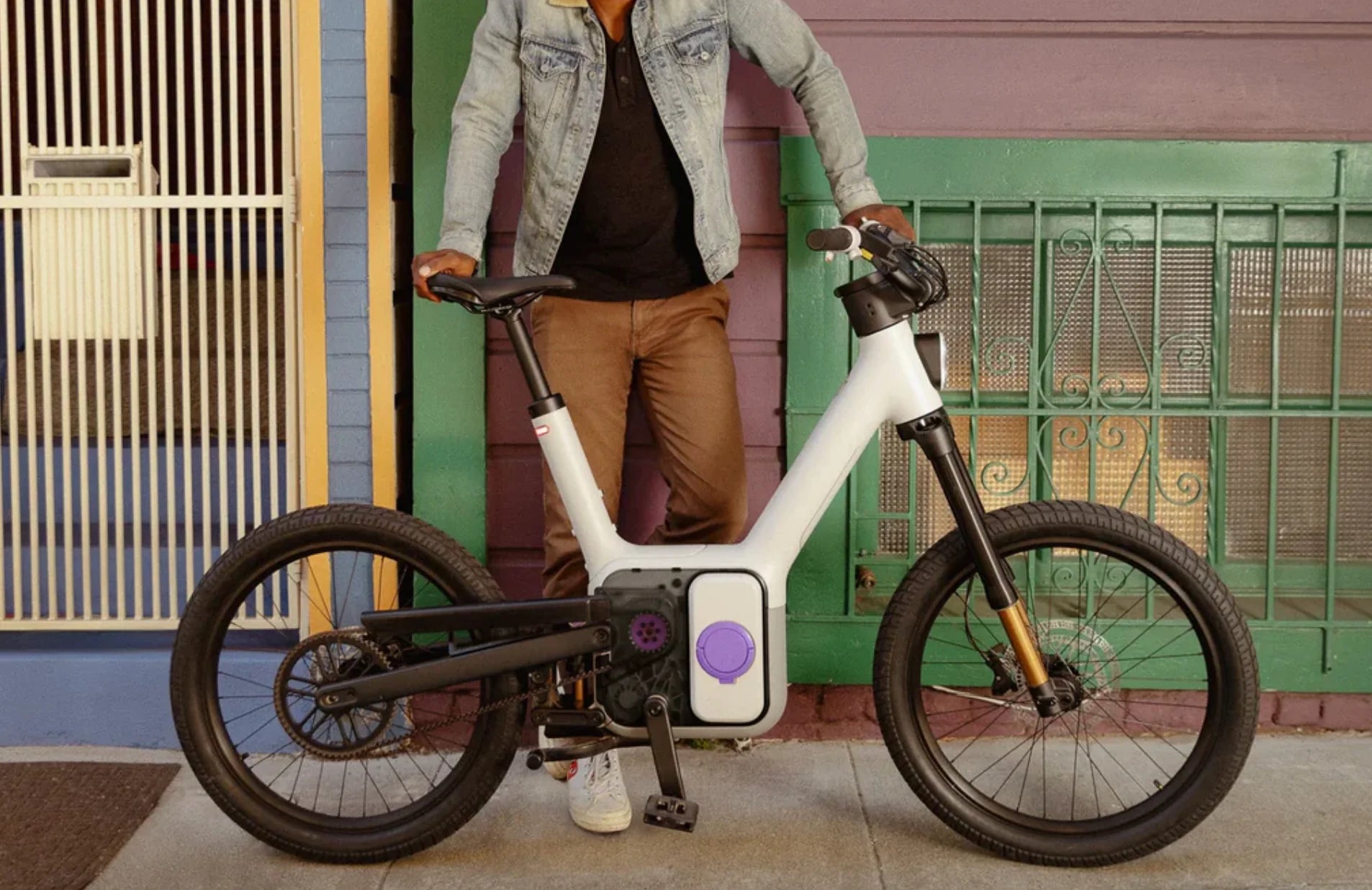The 2026 Jeep Recon is a $65K electric SUV built for real off-road use, featuring a locking rear differential, Moab off-road upgrades, removable doors, and dual-motor power—if Jeep can deliver reliable software.
Nachricht
- Alle
- Audi
- Autonomous Vehicles
- Battery Tech
- BMW
- Buying Guide
- BYD
- Charging
- Chevrolet
- China
- Climate
- Design
- Elon Musk
- Fiat
- Ford
- General Motors
- Honda
- Hyundai
- Industry Outlook
- Jaguar
- Jeep
- Kia
- Lucid Motors
- Mazda
- Mercedes-Benz
- Model Comparisons
- Monthly EV Lease Deals
- Monthly EV Recommendation
- Nissan
- Polestar
- Policies & Incentives
- Porsche
- Pricing
- Renault
- RIVIAN
- Sales
- Scout Motors
- Slate Truck
- Subaru
- Tesla
- Toyota
- User Guide
- Volkswagen
- Volvo
- Xiaomi
- Xpeng
- Zeekr
Porsche’s New Cayenne Electric Redefines the High-End EV SUV
The new Porsche Cayenne Electric delivers 400-kW fast charging, up to 400 miles of WLTP range, advanced performance features, and a tech-rich interior, positioning it as a major contender in the high-end EV SUV market.
Why Modern EV Batteries Last Longer Than Most Drivers Expect
New data from Recurrent shows modern EV batteries are highly reliable, with replacement rates dropping sharply across generations. Advanced thermal management, stronger warranties, and falling costs mean battery failures are now rare.
Zoox Launches Wheel-Free Robotaxi Service in San Francisco
Zoox has begun offering free robotaxi rides in San Francisco with its purpose-built autonomous shuttle that has no steering wheel or pedals. The service starts in a limited area through its Explorers program before wider expansion.
How the 2026 Subaru Solterra Performs on a Tesla Supercharger With Its New NACS Port
The 2026 Subaru Solterra delivers major charging improvements, adding NACS support and Tesla Supercharger access. In real-world testing, it charged from 16% to 80% in about 25 minutes, confirming Subaru’s claimed upgrades.
Toyota Stays Committed to New EV Launches in 2026 Despite Market Slowdown
Toyota is moving forward with two new EVs arriving in early 2026, even as rivals delay or cancel electric models. With competitive pricing and strong range, Toyota’s commitment offers rare stability in a shifting U.S. EV market.
China Advances Solid-State EV Battery Tech With 2026 Launch Plan
China’s Dongfeng aims to debut a solid-state EV in 2026, targeting 620 miles of range, improved safety, and ultra-fast charging. The announcement underscores China’s lead in next-generation EV battery development.
New Pricing Confirms Rivian-Backed Also’s TM-B E-Bike Starts at $3,500
Rivian-backed Also has confirmed the TM-B e-bike will start at $3,500, far below early estimates. The 2026 model shares core advanced tech with higher trims, including pedal-by-wire, OTA updates, modular frames, and premium torque performance.




